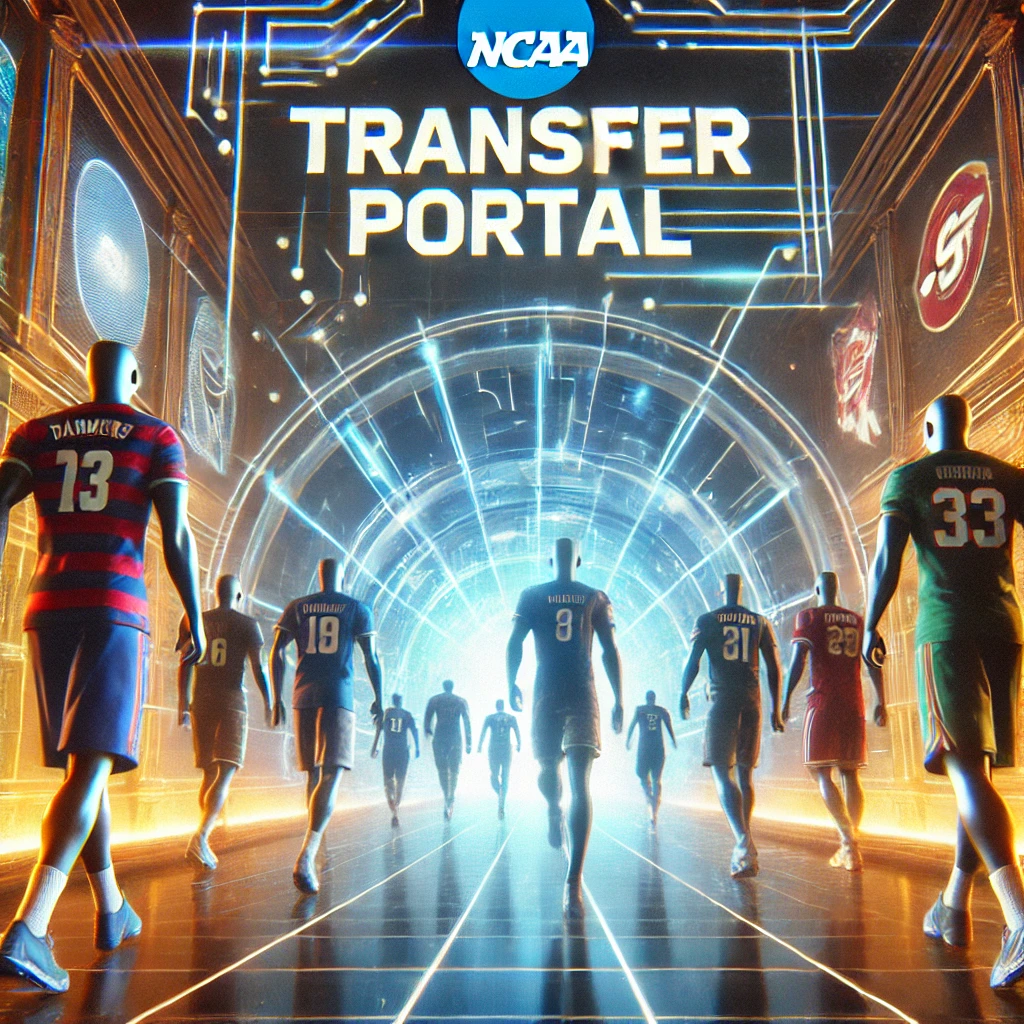
This site explores the latest transfer portal moves, keeping you updated on the most recent athlete transitions and their impact on teams across various sports. Stay informed on key transfers that could change the dynamics of college athletics

ABOUT THE PORTAL
Get To Know More About the Transfer Portal
The transfer portal is a dynamic system in college athletics that allows student-athletes to explore transferring to other schools while maintaining their eligibility. Introduced by the NCAA in 2018, it has revolutionized the way athletes change programs, giving them more autonomy and control over their careers. Instead of being bound by traditional transfer restrictions, athletes can enter the portal, signaling their intention to leave their current school. Once in the portal, other schools can recruit them, offering new opportunities for playing time, development, and exposure.
It's no longer just about talent—it's about finding the right environment to thrive and succeed.
Why do so many athletes enter the transfer portal?
Many student-athletes enter the transfer portal for a variety of reasons. The most common is the search for better playing opportunities, especially if they feel they are not receiving enough game time at their current school. Other athletes seek a program that better fits their academic goals, a more favorable coaching environment, or even a closer location to home. The introduction of NIL (Name, Image, and Likeness) deals has also incentivized some athletes to move in search of better financial opportunities. Additionally, coaching changes or dissatisfaction with the team culture can push athletes to explore new environments
What should athletes know before entering the transfer portal?
Before entering the transfer portal, athletes need to carefully evaluate several factors:
Playing Time and Competition: Entering the portal doesn’t guarantee a spot at another school. While the portal opens new opportunities, it also increases competition, as athletes must compete with high school recruits and other transfers for roster spots.
Scholarship Risks: Your current school is not obligated to maintain your scholarship after you enter the portal. If you don’t find a new team, you may lose financial aid
Long-Term Impact: Consider how a transfer might impact your academic and athletic goals. Transferring may delay your graduation or affect your eligibility, depending on the academic credits that transfer over.
Coach and Team Dynamics: Transferring schools may mean adapting to a new coaching style, team culture, and even playing scheme. Ensure you’re prepared for the adjustments that come with joining a new program
Athletes should also have realistic expectations, as many who enter the portal remain there without finding a new program. Planning and careful research are key.
What Athletes are Saying

James Miller
Collegiate Football player
After entering, I had the opportunity to connect with programs across the country and found the perfect fit where I could thrive both athletically and academically

Brittany Rennir
Collegiate Soccer Player
Entering the transfer portal was one of the best decisions I made. It gave me the chance to find a program that valued my skills and offered the playing time I was missing. The process was smooth, and I received multiple offers that aligned with my academic and athletic goals.
PortalBlog
The NCAA Transfer Portal can be a game-changer—but it’s not without its risks. While many athletes successfully find new opportunities, a significant percentage remain stuck in “portal limbo.” In fact, only 49% of athletes in the portal find new schools, highlighting the importance of preparation. Is Transferring the Right Choice?Before entering the portal, athletes should […]
The NCAA Transfer Portal has revolutionized the landscape of college sports, offering student-athletes more flexibility and control over their careers. Since its inception, the portal has become a vital tool for athletes seeking better playing opportunities, academic fits, and even enhanced NIL deals. With over 12,000 athletes entering the portal annually, this system is reshaping […]








